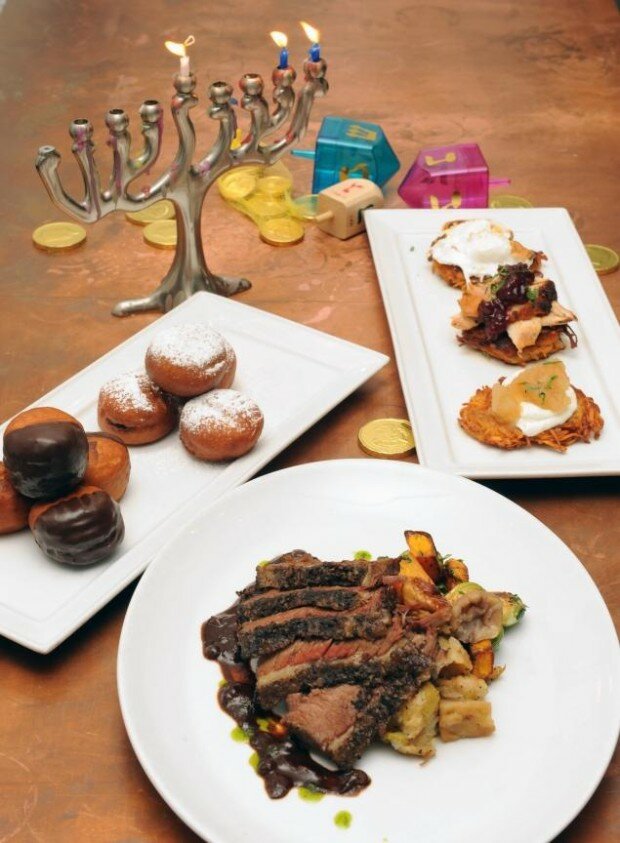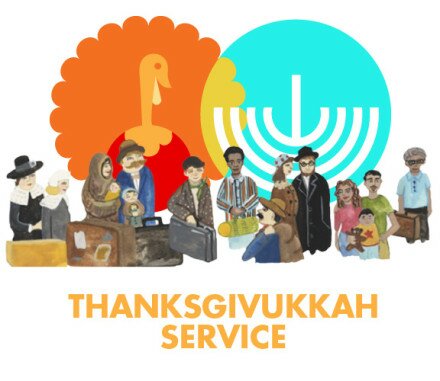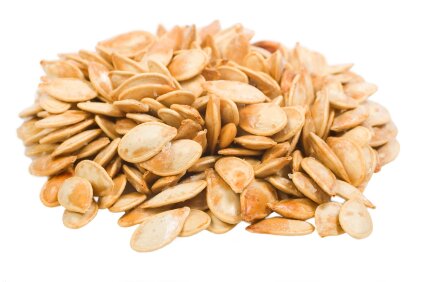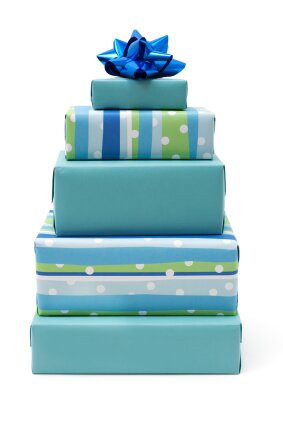By Anna Weiss
A quick note from JewishBoston.com: In case you didn’t already know, eating cheese products is actually a custom to commemorate the involvement of Judith and women in the events of Hanukkah. Read on for tips from a former cheesemonger to help you bring the best in tasty cheeses to your holiday gathering.
It’s around this time of year that I start getting urgent phone calls from friends and family. Usually they’re in the cheese section of their local market, hand hovering above one of hundreds of cheese wedges, trying to decide which to commit to for their holiday party. Panic sets in. Which ones should they get? How many? What pairs well together? That’s when they call me, a former cheesemonger.
So fear not this holiday season. Here’s the run-down on what you need to know to put together an impressive, no-stress cheese platter for your Hanukkah gathering.
The Basics
- Find a great cheese shop in your area, and make sure to taste before you buy. Peter Lovis, the proprietor of The Concord Cheese Shop, taught me a good rule of thumb: Don’t trust a cheesemonger who won’t let you sample before you purchase.
- When tasting, start with mild cheeses and work your way up to more intense varieties.
- Include a range of flavors, textures and milks in your platter—from hard to soft, mild to strong, goat to cow to sheep.
- Get at least one “crowd pleaser” that is mild enough that everyone—including your 7-year-old cousin and risk-averse aunt—can enjoy.
- Make sure you purchase pieces of cheese that appear substantive. For a small party, that likely means serving three cheeses. For a larger party, consider five hearty wedges. If you’re serving cheese as a meal (fondue, for instance), you should get approximately a quarter pound per person. If cheese is your main hors d’oeuvre, buy two ounces per guest. And if it will be one of many appetizers, you likely only need one to one-and-a-half ounces of cheese per person.
The Main Affair
Now that you know the basics, let’s turn to the cheese selection itself. I like anchoring a platter with one or two crowd-pleasing cheeses, such as Crucolo, Coastal Cheddar or Manchego. Crucolo is a lovely cow’s milk cheese from Northern Italy that offers a creamy start and ends with a sharp bite. If you somehow manage to have leftovers, it’s perfect for melting. Try it on eggs or sandwich it between two slices of freshly baked bread for a memorable grilled cheese. Ford Farm’s Coastal Cheddar, a cow’s milk cheese from the Dorset Coast that’s started with a Swiss culture, also melts wonderfully. Or try Manchego, a buttery sheep’s milk cheese made in La Mancha, Spain, that acquires a nutty flavor as it ages.
Next, select cheese from a different milk, such as goat. Try Crystal Brook Farm’s fresh goat cheese with cranberry or ginger for a festive turn, or a slightly aged goat cheese if you prefer more of a bite.
For soft cheeses, consider Taleggio, La Tur (for flavor without a strong smell) or one of my favorites, Epoisses, a strong, salty washed rind cheese made in Burgundy from cow’s milk. If you enjoy stinky cheeses, I strongly suggest trying Xavier David’s Camembert de Normandie, which can be found at The Concord Cheese Shop. The complexity and depth of this camembert cannot be matched, but be forewarned: your kitchen will fill with its smell every time you open your refrigerator door.
If you are a lover of blue cheese but worry that your guests won’t like it, consider selecting a mild, creamy, brie-like blue such as Cambozola or St. Agur, a tangy and slightly salty French blue. If you don’t like blue, don’t feel obligated to include it. You can always opt for a rich, crunchy three- to five-year aged Gouda to round out your platter.
The Presentation
- I’m partial to dark stone boards, such as those made by Brooklyn Slate Company, which create a stunning, high-contrast backdrop for pale cheeses (I used one of their slate boards in the photos above). Polished stone slabs also add a twist of the unexpected, and of course you can never go wrong with a richly colored wood board.
- Label each cheese with its name. If you have room, also include its country of origin and milk type. I write directly on my slate in soapstone chalk, but cheese picks or markers also look sharp and allow you to fit more items on each platter. You can also make your own labels.
- You can find a wide variety of cheese knives online. I’ve been coveting this gorgeous yet affordable set from Laguiole, though more often than not, I prefer to mix and match knives, spreaders and cleavers as needed.
- Complement the cheese with a variety of other flavors, both sweet and savory. Consider adding roasted almonds, olives, fig bread, quince paste, dates, tart apple slices or grapes to your board.
Most important, buy what you like, and trust your taste buds. If you’re lucky, you’ll end up with a few delicious crumbles for the next day.
Anna Weiss trained as a cheesemonger at The Concord Cheese Shop. She now works at Idea Platforms Inc., a content- and book-development firm in Cambridge.

















[…] here’s a Hanukkah custom that’s got us excited! According to Thanksgivukkah Boston, it is customary to eat cheese and dairy products during Hanukkah to commemorate the involvement of […]